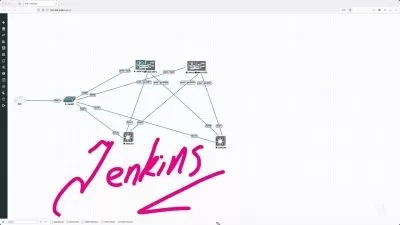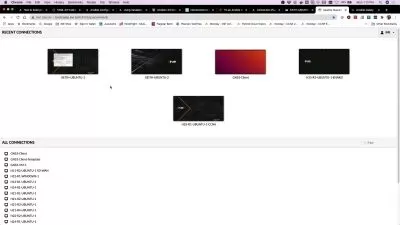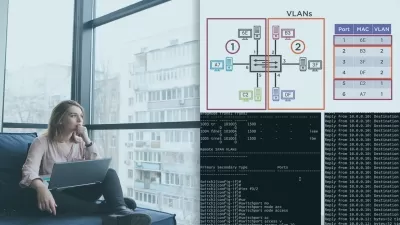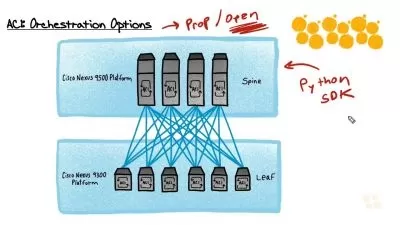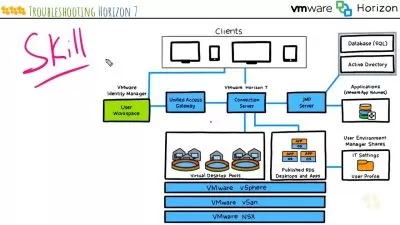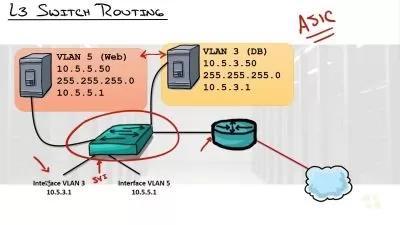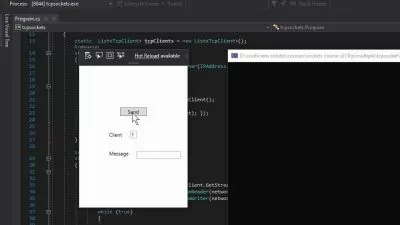Automating Networks with Ansible the Right Way
Nick Russo
3:42:06
Description
If you're sick of hand typing configuration commands into your network devices day after day, this course is for you! Learn how to manage your network more intelligently with Ansible using tried-and-true design patterns.
What You'll Learn?
When it comes to automating networks, it's key to utilize Ansible to ensure effective solutions. In this course, Automating Networks with Ansible the Right Way, you will learn foundational knowledge required to manage networks like a professional through programming. First, you will learn about infrastructure as code, both how it works at a technical level and why it matters at a business level. This includes several SSH/CLI-based implementations, which is likely to work on any network device. Next, you will discover a whole new word of modern APIs, such as NETCONF and RESTCONF, and how Ansible can leverage these technologies to simplify network management. Finally, you will explore how to transform your homemade projects into works of art by building quality into your code using a variety of supplementary tools. When you’re finished with this course, you will have the skills and knowledge of Ansible needed to design, implement, operate, and troubleshoot network-based automation solutions in production.
More details
User Reviews
Rating
Nick Russo
Instructor's Courses
Pluralsight
View courses Pluralsight- language english
- Training sessions 63
- duration 3:42:06
- level average
- English subtitles has
- Release Date 2023/10/14






